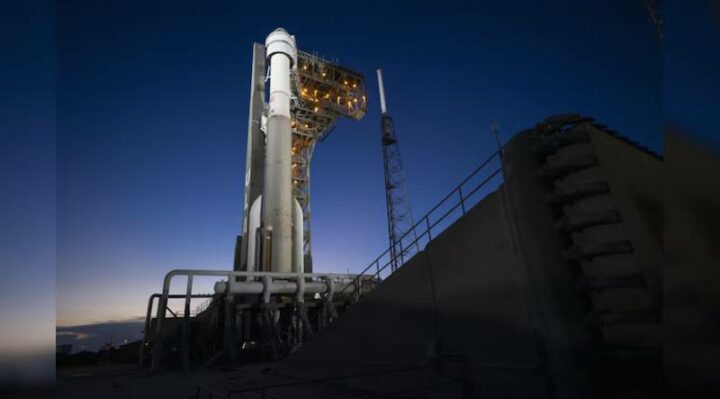
As it continues to assess whether it will need Boeing conducting another test flight of its Starliner spacecraft, NASA has decided to utilize SpaceX’s Crew Dragon for its two crew rotation trips to the International Space Station in 2025.
NASA announced on October 15th that Crew Dragon will be used for the Crew-10 mission to the International Space Station, which is expected to arrive no earlier than February 2025, and the Crew-11 mission, which is expected to arrive no earlier than July. Along with cosmonaut Kirill Peskov of Roscosmos and astronaut Takuya Onishi of the Japanese space agency JAXA, NASA’s Anne McClain and Nichole Ayers will embark aboard Crew-10. As of now, NASA has not revealed the members of the Crew-11 expedition.
NASA had hoped earlier in the year that Boeing’s CST-100 Starliner would receive certification in time to take out for the mission in early 2025. The NASA astronauts Butch Wilmore and Suni Williams launched the Crew Flight Test mission in June, however because to issues with the mission, NASA concluded in July that the spacecraft would not be certified in time. It moved up Crew-10 to February and postponed the Starliner-1 mission from February to August 2025. At same time, NASA also declared that Crew-11 and Starliner-1 would be ready for launch in August 2025 concurrently.
NASA said in a statement regarding the 2025 trips, “The timing and configuration of Starliner’s next flight will be determined once a better understanding of Boeing’s path to system certification is established,” “NASA is keeping options on the table for how best to achieve system certification, including windows of opportunity for a potential Starliner flight in 2025.”
NASA decided it would be safer to have Wilmore and Williams return on the Crew-9 Crew Dragon mission in early 2025, therefore on September 7, Starliner’s Crew Flight Test mission came to an unmanned landing in New Mexico. NASA has not released any information regarding the reviews of this flight. Despite engine issues and helium leaks with the spacecraft, agency representatives at the time of Starliner’s return stated they could still go straight to Starliner-1.
“It’s under data review. We need to have a decision: do we need another test flight.?” In response to a question regarding the Starliner review’s status, NASA Deputy Administrator Pam Melroy stated during a news conference held in conjunction with the International Astronautical Congress (IAC) on October 16. She also mentioned that there was no deadline for finishing the data evaluation.
The question of whether NASA and Roscosmos will keep switching seats between Soyuz and commercial crew vehicles remains unanswered for upcoming commercial crew flights. These so-called “integrated crews,” which consist of Roscosmos astronauts on Crew Dragon and NASA astronauts on Soyuz spacecraft, are designed to guarantee that both organizations stay on the station in the event that one of the spacecrafts is grounded for a lengthy amount of time.
Except for Jonny Kim, no NASA astronaut is currently scheduled to fly on the upcoming Soyuz MS-27 mission to the International Space Station (ISS) in March 2025. Crew manifests for the next two Soyuz flights, Soyuz MS-28 in late 2025 and Soyuz MS-29 in 2026, which were fully manned by Roscosmos cosmonauts, were made public by the organization in August.
NASA Administrator Bill Nelson expressed optimism that NASA and Roscosmos would agree to prolong the seat barter agreement at another IAC press conference on October 15. “That’s coming in due course. It will be a normal negotiation,” He declared, “We fully expect that the flights will continue to be integrated.”NASA postpones the inaugural Starliner flight even longer.



